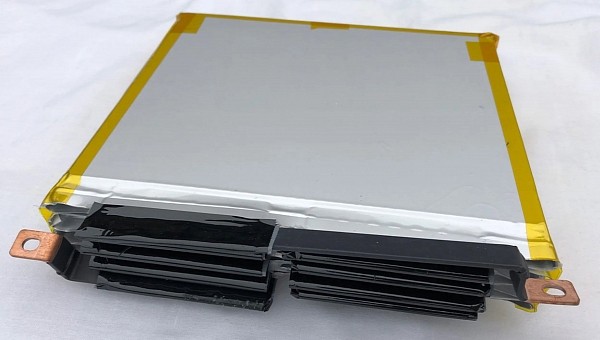Li-Ion batteries may power all the portable devices on Earth, not to mention the electric vehicles, houses, and energy storage facilities. Nevertheless, scientists are always on the lookout for new types of batteries, and sodium-sulfur chemistry seems like a promising alternative. That is if engineers solve their low energy density and short life span.
Researchers are experimenting with various battery chemistries in search of the “holy grail” of energy storage medium. Not because the Li-Ion batteries widely used today are imperfect (they are). But because lithium is becoming more problematic to source, and other raw materials are becoming expensive and scarce. One of the more promising materials to replace lithium is sodium. Sodium batteries have been in development for a very long time thanks to being cheaper and more stable.
Nevertheless, sodium-based batteries are known to have a lower energy density than current Li-ion cells. This makes them less ideal for use in electric vehicles and other applications where cramming a huge amount of energy into a small volume is critical. Not only that, but their lifespan is significantly shorter than today’s best Li-Ion cells. Nevertheless, a new sodium battery developed at the University of Sydney, Australia, promises to solve these problems.
The novel battery cell uses sodium sulfur, which can be processed cheaply from seawater. Sodium sulfur batteries are nothing new, but the researchers employed a specially-engineered cathode that enhances the reactivity of sulfur and the reversibility of reactions between sulfur and sodium. More specifically, they used pyrolysis to load the graphene cathodes with a record-high mass of sulfur, resulting in a high-performance battery cell working at room temperature.
The new cells offered unprecedented cyclic stability and a high capacity of 1,017 mAh/gram. More importantly, the cells had a low-capacity fading rate of 0.05% per cycle over 1000 cycles, thus retaining half of their initial capacity after 1,000 cycles. Usually, the sluggish reactivity of sulfur and the shuttling effect of polysulfides are responsible for the rapid capacity fading in sodium batteries.
The study, “Atomically Dispersed Dual-Site Cathode with a Record High Sulfur Mass Loading for High-Performance Room-Temperature Sodium–Sulfur Batteries,” was recently published in Advanced Materials. While the researchers used an experimental battery prototype to test their theories, it doesn’t mean we’ll see the sodium battery enter production soon.
Nevertheless, sodium-based batteries are known to have a lower energy density than current Li-ion cells. This makes them less ideal for use in electric vehicles and other applications where cramming a huge amount of energy into a small volume is critical. Not only that, but their lifespan is significantly shorter than today’s best Li-Ion cells. Nevertheless, a new sodium battery developed at the University of Sydney, Australia, promises to solve these problems.
The novel battery cell uses sodium sulfur, which can be processed cheaply from seawater. Sodium sulfur batteries are nothing new, but the researchers employed a specially-engineered cathode that enhances the reactivity of sulfur and the reversibility of reactions between sulfur and sodium. More specifically, they used pyrolysis to load the graphene cathodes with a record-high mass of sulfur, resulting in a high-performance battery cell working at room temperature.
The new cells offered unprecedented cyclic stability and a high capacity of 1,017 mAh/gram. More importantly, the cells had a low-capacity fading rate of 0.05% per cycle over 1000 cycles, thus retaining half of their initial capacity after 1,000 cycles. Usually, the sluggish reactivity of sulfur and the shuttling effect of polysulfides are responsible for the rapid capacity fading in sodium batteries.
The study, “Atomically Dispersed Dual-Site Cathode with a Record High Sulfur Mass Loading for High-Performance Room-Temperature Sodium–Sulfur Batteries,” was recently published in Advanced Materials. While the researchers used an experimental battery prototype to test their theories, it doesn’t mean we’ll see the sodium battery enter production soon.






